- /
- Blog
- /
- Integrating Google Tag Manager...
Integrating Google Tag Manager and
Analytics for Event Tracking
Integrating Google Tag Manager and Analytics for Event Tracking
The task of tracking and analyzing user interactions on a website within the vast landscape of digital marketing can be daunting. It becomes challenging for marketers and web developers to collect data in an organized manner to help them make informed decisions. Since there are so many tools for tracking user behavior, knowing which ones play well together is essential to delivering insights. One of the powerful combinations seen to date includes Google Tag Manager and Google Analytics. Users can, therefore, save considerable time in data collection efforts and, with that, obtain valuable insights.
The relationship between Tag Manager and Google Analytics
Google Tag Manager is the process of tagging any website for your own good through a system to add or alter website tags directly without making amendments to your actual site’s coding. Any piece of code for Google Analytics could be in there, along with Facebook Pixels, and more-or-less other forms of marketing-oriented tags. Basically, it eases how snippets of codes may be controlled regarding when or whether they might operate on your own site.
Google Analytics, however, is a web analytics service that is able to measure and report the website traffic by monitoring how a user interacts with your website-in terms of page views, user sessions, bounce rates, etc. It thus offers businesses crucial insights into what customers are looking for, optimizing the websites while ensuring a rich experience for them.
Now that’s where things get really magical. This means you can set up tracking codes without going into your website’s code but by linking Google Tag Manager to Google Analytics. GTM facilitates creating tags and managing them to collect data to Google Analytics, which could be in various forms; from tracking a view, a click of the button, completing a form, or even an online purchase transaction, among many others, and all this without having to do any coding.
How to Calculate Events in Google Analytics Using Tag Manager
One of the most precious advantages of implementing Google Tag Manager into Google Analytics is event tracking. Events within Google Analytics let you measure individual actions that take place on your website, for instance, the clicks, views on videos, submission of the forms, etc. You will track events using interactions of your users to figure out how the users are using your website.
Here is the procedure on calculating events and configuring it with Google Tag Manager:
Define the Event: Identify what action of a user you would like to track. This can be something as simple as a button click, form submission, or video play. That way, you define the event.
Types of Events in Tag Manager
Click Events : This can be tracked using click events, which can be associated with buttons, links, or images, giving you insight into user behavior. These events are important for conversion and engagement tracking.
Set Up a Trigger in Tag Manager: A trigger is basically an action, or a happening that causes the tag to fire. In your case, set up a trigger which corresponds with the user interaction you want to track. An example would be: you would set a trigger for a button click by clicking the “Click” trigger within GTM.
Add Tag for Google Analytics: Once a trigger is made, you add a tag in which the collected event data from the trigger can be sent out to Google Analytics. You click on the “Google Analytics Universal Analytics” and then configure an event. On the event parameters, you identify the category and action and finally label the type of event which may be category: Button click, action: Submit, Label: Contact us.
Test and Publish: Once the tag and the trigger are ready, use GTM preview mode to test whether event tracking has worked. This would ensure the right event triggers upon the completion of the required user action. Test and deploy after publishing your changes.
Want to maximize your marketing ROI? Our audit & consulting services help identify what’s working and what’s not.
Monitor events in Google Analytics: With event tracking, now live, you can also track the occurrences of these within Google Analytics within the “Behavior” section in the report titled “Events”. It will reveal the number of times a particular user action occurred, giving a clearer idea about what kind of effect this action had on your users’ behaviors.
Google Tag Manager connects with Google Analytics in such a way that it generates a dynamic duo which simplifies data collection and enhances your ability to track user interactions better. First, you get the flexibility and control over how you collect data by managing and deploying tracking tags using GTM. On the other hand, Google Analytics provides you with deep insights to optimize your website and improve your marketing strategies. Seamless integration of all these tools becomes the need for any business organization that wants to understand its audiences better and deliver data-driven success.
Share this Article On:
Recent Updates
- 12 February 2025
- 12 February 2025
- 12 February 2025
- 12 February 2025
- 12 February 2025
- 12 February 2025
Have a Question?
If you cannot find answers to your queries, please fill out the enquiry form. We will contact you shortly.








